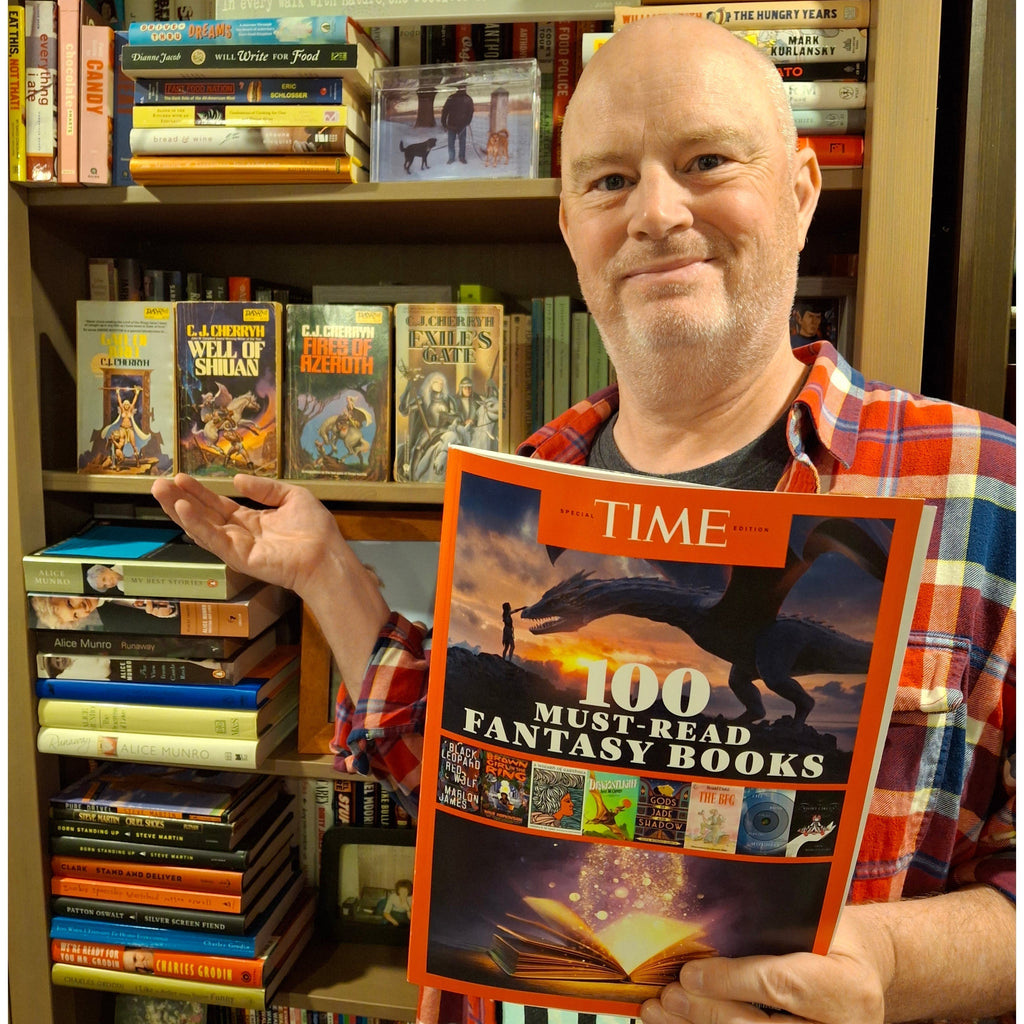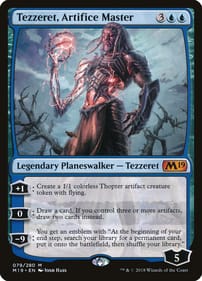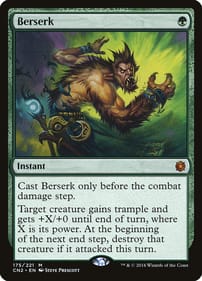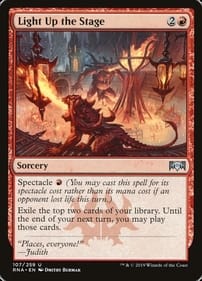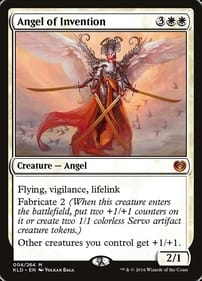Fantasy List Incomplete Without Morgaine
By Dan Brown So TIME magazine has come out with a 100 Must-Read Fantasy Books special edition and I’m unimpressed. I know the list isn’t meant to be the final world on the topic. However, there’s one omission I just can’t forgive: C.J. Cherryh’s greatest heroine, Morgaine. There are the usual suspects – books by Tolkien, Lewis Carroll, C.S. Lewis made the cut – as well as a number of contemporary works chosen with an eye to diversity. But to not include Morgaine – featured in four of Cherryh’s many novels – feels like a slight to fantasy fans. It left me wondering how young the big brains are who drew up the magazine’s list, because judging from their choices, they seem to think there weren’t any powerful women in fantasy fiction before about the year 2000. I first encountered Morgaine a few years after 1976’s Gate of Ivrel was published. I read her adventures on the front porch of the Baptist parsonage in Poplar Hill during grade-school summers, and she made an immediate, deep impression on my developing imagination. Not because she stood out. The truth is, I was already familiar with many kick-butt female characters. I got my notions of how women leaders should be portrayed from Carrie Fisher’s Princess Leia in Star Wars and the likes of Thundra in Marvel’s Fantastic Four comics – Thundra could go toe-to-toe with the Thing! Morgaine was just so . . . cool. Eerie. Mysterious. Dangerous. If you haven’t read the tetralogy in which she stars, treat yourself. She’s the last surviving member of a team charged with sealing a series of gates connecting a crumbling interplanetary empire. She’s like Batman in the sense that her mission is to create a universe in which she is obsolete. The gates transport people not only between places, but also eras. So things like this can happen: A foe can use a gate minutes before Morgaine rides through on her war horse. When she exits, she is on a different world hundred of years later, where the descendants of her enemy regard her as a long-lost legend. Morgaine is utterly committed to her quest, and wields a sword called Changeling, which has a gate at its tip. She uses the high-powered blade to send entire armies into the void of space, her conscience seemingly untroubled by the mass killing. Her frost-white hair marks her as possibly a member of the evil race that originally invented the gates. The foil Cherryh uses as the reader’s point of entry into the story is Morgaine’s servant/bestie/possible love interest, Vanye, who is always urging her to be compassionate, which doesn’t come easily for Morgaine. Like I said, Morgaine wasn’t an exception in my mind. She was a big part of the template for me, showing how women characters could be multi-faceted and exciting. Which is why I soon read other Cherryh novels, such as the Pride of Chanur series. It was only later in life I looked back and said, “Oh, hey, all of those stories feature women as the central character. Cool.” If the purpose of TIME’s fantasy special edition was to spur debate, then it will fulfill its mandate. But contrary to what TIME’s editors might have readers believe, pop-culture fans have been grooving on strong female characters for some decades now. By the way, next year marks 50 years since Morgaine’s first appearance. Wouldn’t it be awesome if a streaming platform (say, Netflix) honoured the anniversary by adapting Cherryh’s work into a TV series? It would be a whole lot cooler if they did. (If you have any must-read fantasy novels you’d like to recommend, I’d love to hear about them in the comment box below!) Dan Brown has covered pop culture for more than 32 years as a journalist and also moderates L.A. Mood’s monthly graphic-novel group.


